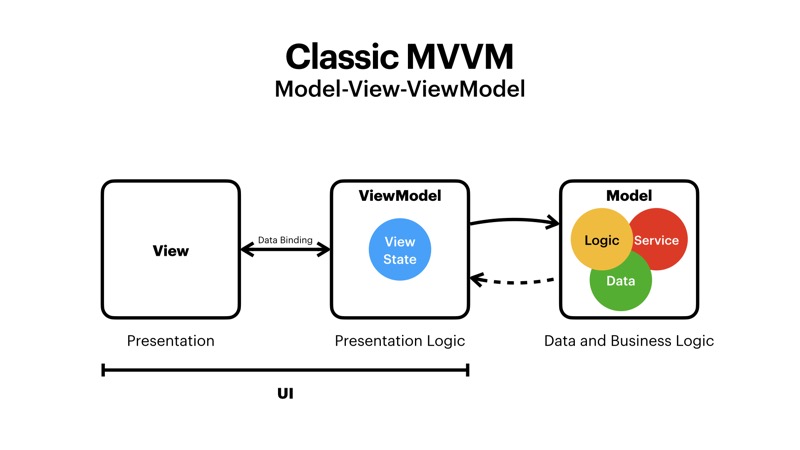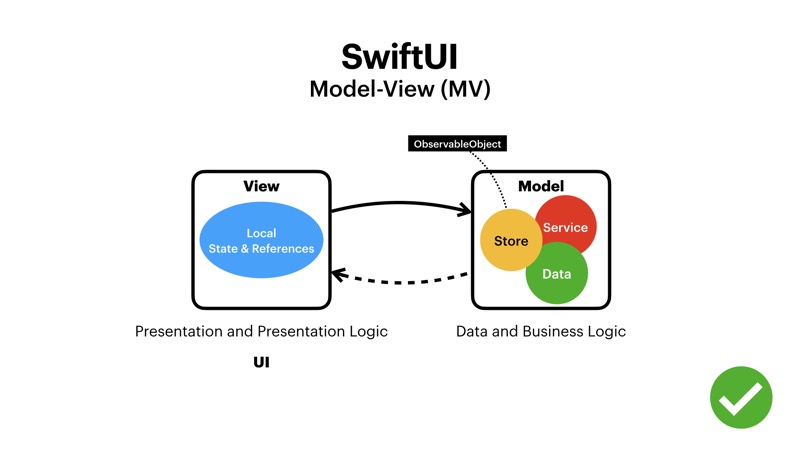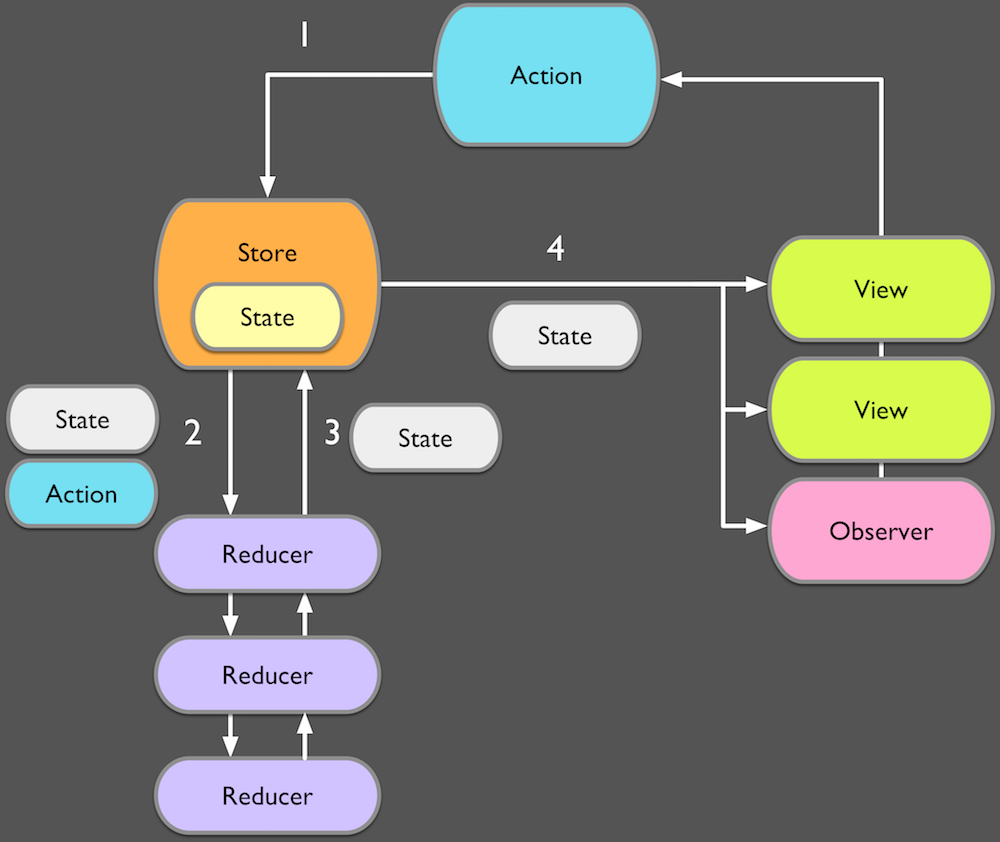This post discuss the various architecture designs for an iOS app.
It is a post which I will update continuously, as “good architecture” keeps being refined along with new technologies and paradigms.
Good Architecture
I wrote this post because I was reading
good iOS application architecture
by Krzysztof Zabłocki
You might know him from KZLinkedConsole
his popular Xcode plugin written in Swift
Traits of Good Architecture:
- Each object has a clear role
- Ability to follow data flow with ease
- Don’t depend on any particular framework
- Limited Dependencies
- Flexible because it is simple, not because it is over abstracted
As Uncle Bob says, a good architecture is one when you look at it, eg an accounting software, it screams ACCOUNTING, not MVC/etc. A good architecture will defer the frameworks it use.
How you know it is bad?
# How many lines in your view controllers?
find . -type f -exec wc -l {} + | sort -n
Patterns
How you use patterns
determines it is good or bad
Singleton
is very common
but easily misused
Eg. Logger - almost every class needs logging, so singleton is fine
But when you have a VC using a Singleton
just so it is convenient
then it is likely wrong
Composition
is 1 pattern that you must know,
which will lead to other great patterns
DI is good
as it encourages reuse,
and even Apple encourages it in WWDC 2016-06
1. MVC
Apple’s MVC is wrong
because it’s View and Controller are too closely coupled
Only model can be reused
MVC is invented in the 80s
but it can still be good
if you do composition
Apple sample code –
even they admit it is to merely to show a technology,
not written in good architecture
Problems with our View Controller:
- Knowing business logic
- Maintaining states
2. VIPER
Good
But lots of boilerplate
3. MVVM
Most popular iOS Architecture?
View Model
is UIKit independent
and is testable
But no router
4. MVVM+
With Flow Coordinators/Controller/Router
Improving Architecture with Flow Controllers:
- At least 1 root flow controller
- Created by AppDelegate
- Has multiple child controllers (VCs)
- VC/VM does not know about other VC/VM
- Configures and coordinate different screens
- To support multiple devices, subclass the root flow controller
- You can use for MVC or any other architecture
Coordinator Redux by Khanlou
What’s wrong with such a line of code in a view controller?
[self.navigationController pushViewController:detailViewController animated:YES];
It’s bossing its parent around. In real life, children should never boss their parents around. In programming, I would argue children shouldn’t even know who their parents are!
Libraries vs frameworks
They say the distinction between libraries and frameworks is that you call libraries, and frameworks call you. I want to treat 3rd-party dependencies as much like libraries as possible.
A con of using flow coordinators:
It does not play well with segue
5. ReSwift
The new kid in the block, inspired by Redux.
An introduction presented by Benjamin Encz
Single point of truth
It can load a state - persisting state across application launches
6. MV with SwiftUI
SwiftUI changed everything. It is declarative, with built-in bindings. The thread in Apple developer forum is a surprisingly good thread to discuss why you should NOT use MVVM with SwiftUI.


Model-View will suffice
Reusable data objects (model layer)
KISS
Don’t overburden ourselves with formal architectures
that dramatically increase code
Other Apps
- Facebook is a mess over 10 years
